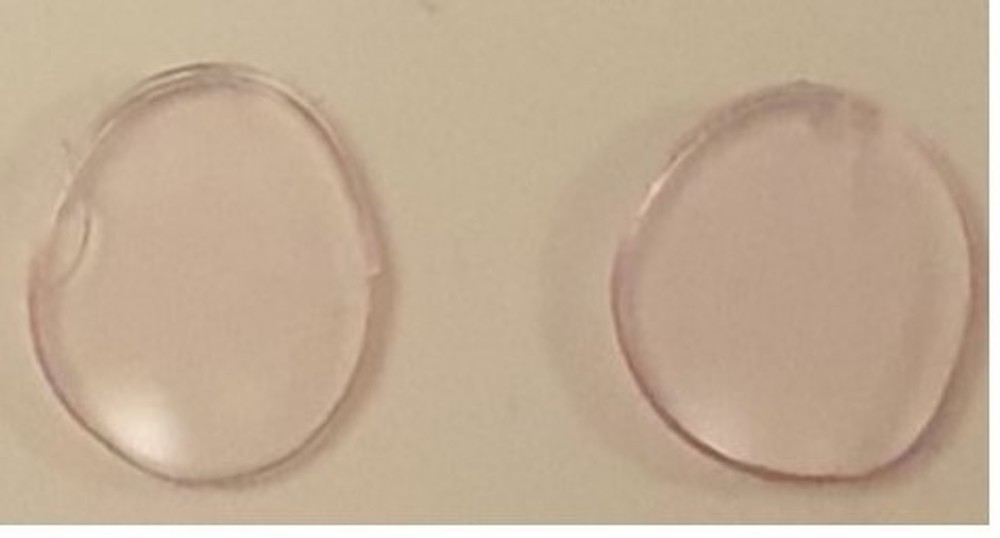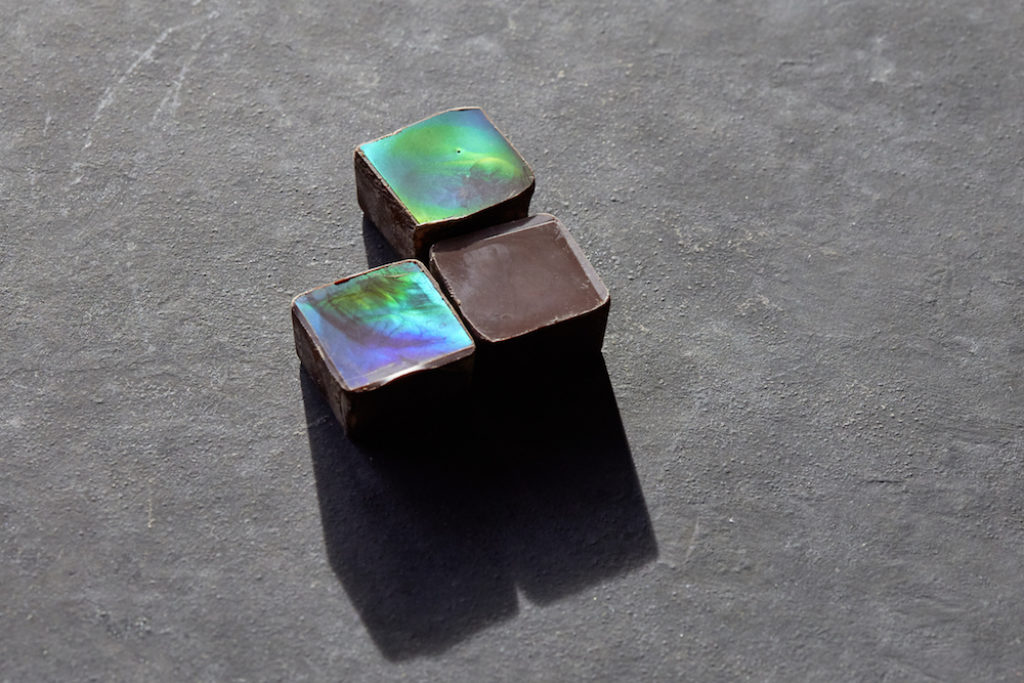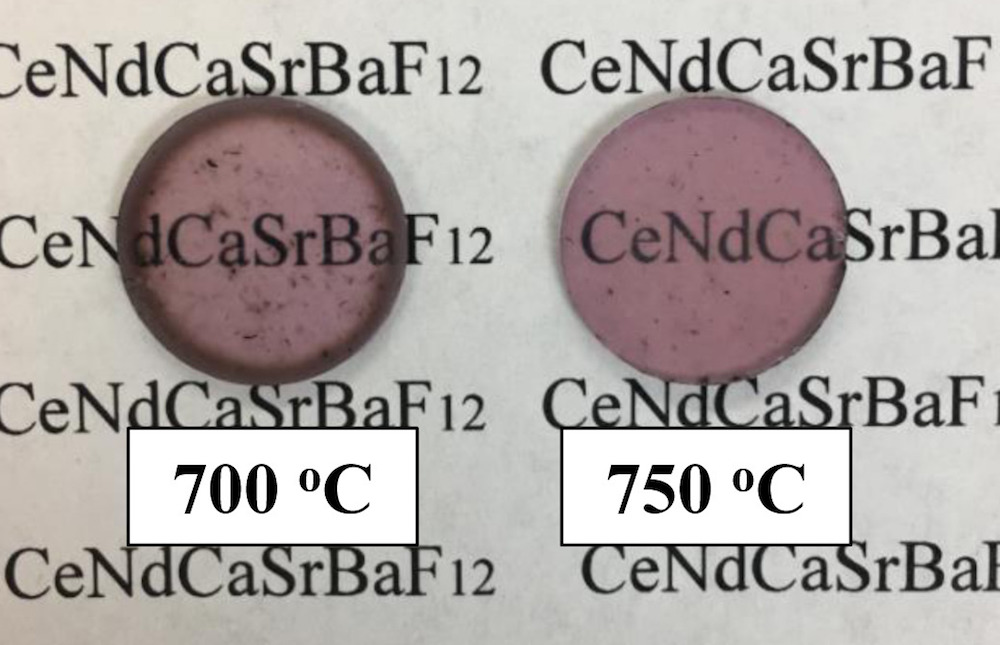People who have color vision deficiency see colors differently from others. Tinted glasses and contact lenses offer a way to manage the condition, but to date only the former option is reliably effective. Researchers developed a new type of tinted contact lens using gold nanoparticles that shows potential for commercial scale-up.
Read MoreImprinting nanostructure patterns in chocolate to create shimmery goodies is a demonstrated technique, but the Swiss startup ChocoFoil is the first supplier with a product on the market using this technology.
Read MoreOptical isolators traditionally use single crystals to polarize light—could transparent ceramics be used instead? Researchers in Japan created high-performing transparent ceramics using lanthanide rare-earth oxides, materials previously believed to not be suited for optical applications.
Read MoreThe first images released from the Daniel K. Inouye Solar Telescope show the sun’s surface in unprecedented detail. Such imaging is possible because of ultra-low thermal expansion glass-ceramic mirrors, which are used in numerous large-scale telescope projects around the globe.
Read MoreWhy give your Valentine chocolate when you could give them shimmery chocolate? Researchers at ETH Zurich found a way to imprint a special structure on the surface of chocolate to create a targeted color effect.
Read MoreHigh-entropy materials present significant potential for numerous applications due to their unique chemistries, but such materials’ optical properties have not been studied fundamentally yet. Two researchers at Alfred University begin to fill this knowledge gap by investigating a transparent high‐entropy fluoride laser ceramic.
Read MoreIt is challenging to effectively monitor seismic quakes deep in the ocean. Lawrence Berkeley National Laboratory researchers and colleagues, who previously used optical fibers to monitor earthquakes on land, tested using optical fibers to monitor earthquakes undersea.
Read More









